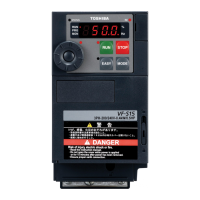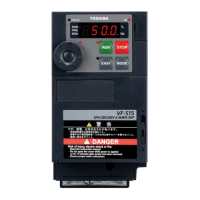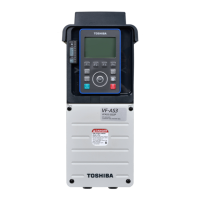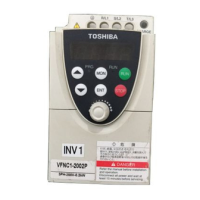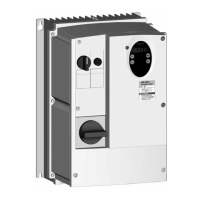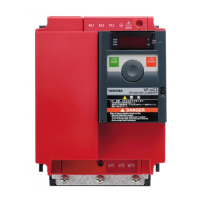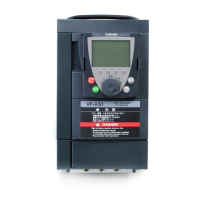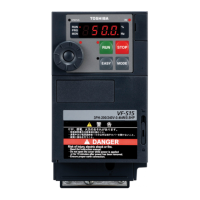E6581386
F-28
6
• The error in drooping insensitive torque increases in the frequency range above the base frequency, and it is
therefore recommended that these functions be used at frequencies below the base frequency.
• During drooping control, the output frequency is not restricted by the maximum frequency ().
The change in frequency at the time of drooping can be calculated, as described below:
a) Gain by internal torque reference (Gain1)
If internal torque reference (%) ≧ 0
Gain1 = (internal torque reference - dead band ) / 100
Gain1 needs to be set at 0 or a positive number.
If internal torque reference (%) < 0
Gain1 = (internal torque reference + dead band ) / 100
Gain1 needs to be set at 0 or a negative number.
b) Gain by frequency after acceleration (Gain2)
If <
| Frequency after acceleration |
Frequency 1 set with
Gain2 = 0
| Frequency after acceleration | > Frequency 2 set with
Gain2 = Drooping gain / 100
If frequency 1 < | Frequency after acceleration |
Frequency 2
If ≧
| Frequency after acceleration |
Frequency 1 set with
Gain2 = 0
If | Frequency after acceleration | > Frequency 1
Gain2 = Drooping gain / 100
c) Drooping speed
Drooping speed = base frequency
Note
× Gain1 × Gain2
Note:If the base frequency exceeds 100 Hz, count it as 100 Hz.
Gain2 = ×
(| Frequency after acceleration | – Frequency 1
)
(Frequency 2
– Frequency 1
)
Drooping gain
100
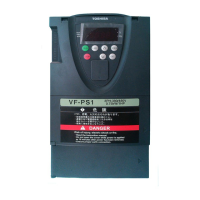
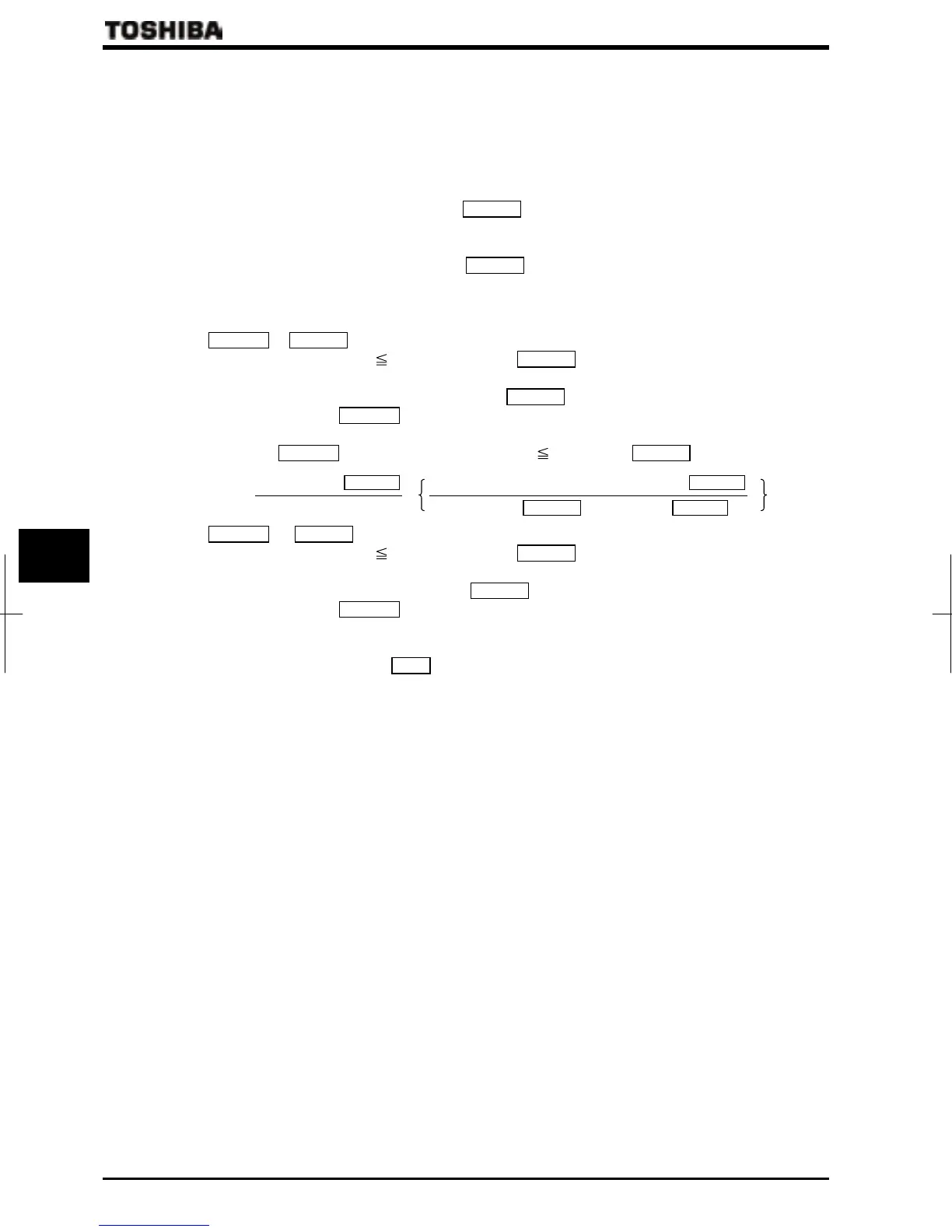